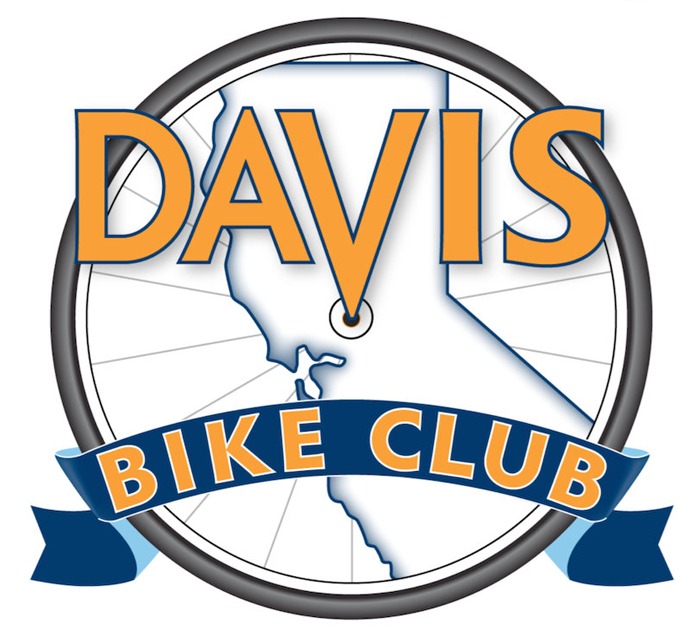(with excerpts from http://inl.org/cycling/advice)
Two important concepts are those of gearing and cadence (which are closely related). “Cadence” is a measure of pedal revolutions per minute, and the purpose of gearing is to keep cadence within a specified range. Just as a car’s gears are designed to keep the engine’s RPM between 2000 and 5000 (or whatever), your bike’s gears are designed to keep the engine’s RPM (that is, your cadence) between 70 and 100. Above 100 RPM you are wasting energy turning the pedals too fast, and below 70 RPM you may burn out your muscles and may bonk. Low cadence (high pedal pressure) is also the biggest cause of joint injuries on bikes; the added strain on tendons and ligaments, especially in the knee, is significant.
It‘s not difficult to train your body to operate at 80 RPM, but it does take an effort of will; an effort many cyclists never even know to make. The reason higher cadence is more effective has to do with the way our muscles work. There are two different chemical reactions our muscles can use to produce power: aerobic and anaerobic. Aerobic reactions use glucose and oxygen from the bloodstream, and can be continued for as long as there is glucose and oxygen in the bloodstream. Anaerobic reactions use glycogen, which is stored in limited supply in the liver and muscles. Anaerobic reactions don’t use oxygen from the bloodstream (hence the name), and produce lactic acid (ouch) as a byproduct.
For any given speed on the bike, higher cadence equates to lower pedal pressure, and keeps muscles in the aerobic range. With each pedal revolution, muscles are recharged; receiving fresh oxygen and eliminating waste products. On the other hand, lower cadence equates to higher pedal pressure and may put muscles into the anaerobic range. Pedal pressure is higher, and muscles are less frequently getting recharged.
The supply of glycogen in the average fit person’s muscles is enough to last for about 10 minutes; when it’s gone, it’s gone for the day. Once your glycogen stores are gone, you may feel a sense of being bonked; you will be able to continue riding flats at low speed, but you will have little energy to handle headwinds or hills, and you will not be having much fun. Therefore, cyclists should jealously guard stored glycogen by keeping cadence high.
Many cycle computers have the capacity to display pedal cadence directly, but if you need to do it manually, here’s how. Set your cycle computer to display a clock or timer. Choose a safe place to ride your bike, where the road is relatively flat and straight. Then count the number of times your pedals make a complete revolution in each one minute period. Try doing this test several times to see how it feels to be riding at 70, 80, or 90 rpm.
If you are accustomed to a lower cadence, pedaling at 80 RPM will probably feel wrong. You will probably feel like you’re not doing as much work–because you’re not! Your speed may drop somewhat but your range will increase dramatically, as will your enjoyment of cycling. You will finish your rides feeling tired but relaxed, free of pain, and ready to ride again the next day.
Training Tip #3 – Hill Climbing
Davis Bike Club’s Foxy’s Fall Century follows some of the most beautiful cycling roads of Napa, Solano, and Yolo counties. Nearly 200 volunteers will be with you along the way to make it safe and fun for you, and a ride that you will want to do year after year.
